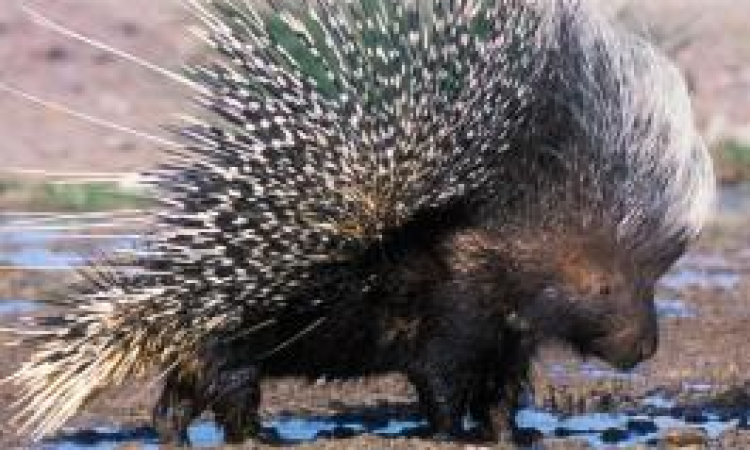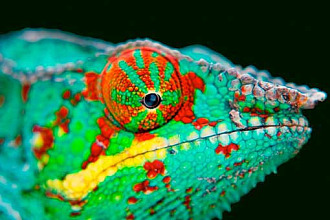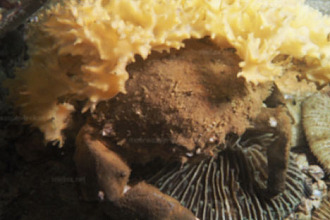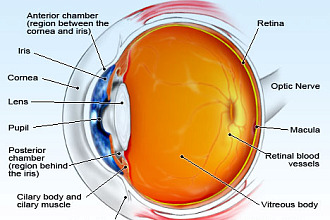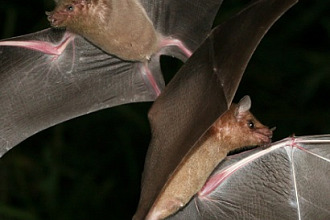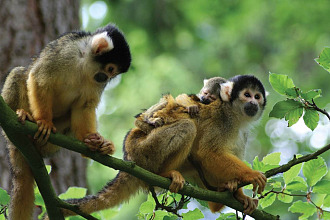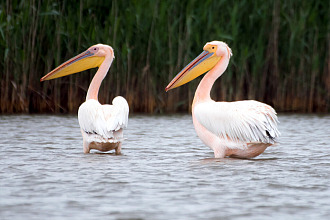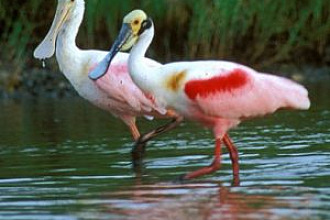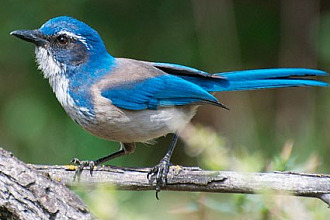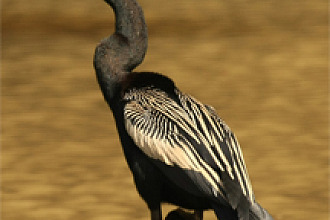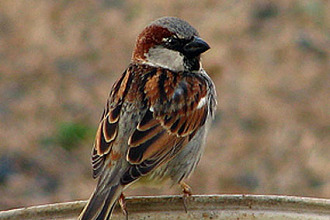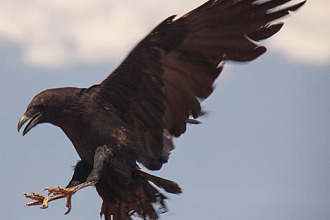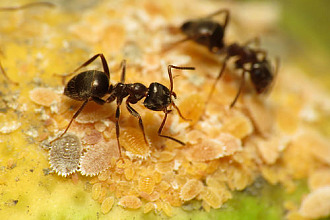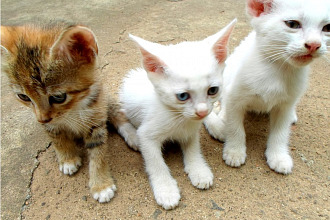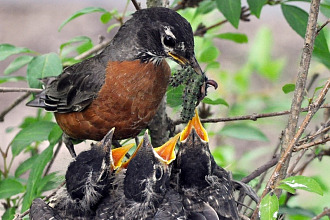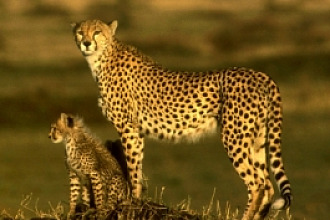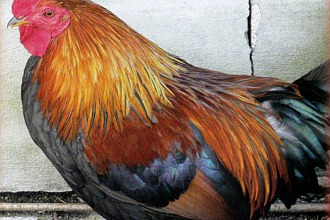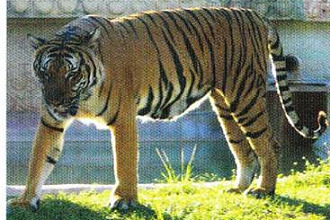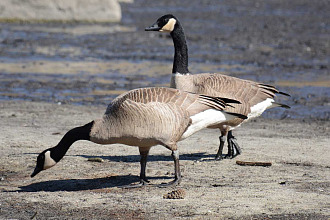Not every "rodent" is as fascinating as the porcupine...nor are they as large...nor do others have the bad temper of a mother pore if her babies are disturbed ... So you've been warned!
When you think about a porcupine, if all you think of is their Not By Accident 30,000+ sharp quills tipped with painful one-way barbs all over their bodies, you're missing some other really interesting insights. Did you know they have a large repertoire of vocalizations? These small, fat creatures with little round heads and ears are actually cute as a button, and can not only moan, and cough, but can grunt, click their teeth, wail, shriek and whine! Let's talk about their babies, for a moment. Not by accident, and at least for the sake of the mamma, the baby porcupine's quills are NOT hard and stiff when baby is born. For seven months, all through the winter, the baby (called a porcupette) is growing inside the mamma. And its quills are all soft and flat when the porcupette is born. Only many hours—even a week-after the porcupette has come out of the birth canal, do those little quills harden completely. But babies, not by accident, have another challenge. It's getting to mamma's teats safely where they can nurse without danger of her barbs. Baby crawls past the mamma's bare tummy and finds its way to the armpits of the mom, where the nipples' placement avoids danger from its mamma's first line of defense—the quills covering the rest of her body. That's another aspect of God's not-by-accident design!
Porcupines are not aggressive—unless you make them mad—or scare them! Try not to do that! They will react in various ways. One way is a surprise, since they usually just waddle around on their short, sturdy legs. But if you really frighten them they have been known to gallop off—which is unusual for a waddling creature. But their more common reaction is to decide you are a predator and you want to hurt them. That upsets them. Now they get mad. So just know, though they have good hearing, they are near sighted. They may imagine you are like the fisher (their foremost predator) who flips them over and kills them by ripping open their defenseless tummies—a place where they don't have quills. Before that can happen, they go into their attack mode. Not by accident, their Creator programmed them with a unique defensive posture. They begin their attack by turning their backs! If it is an upset mamma porcupine, she will raise her spine, stamp her hind legs on the ground and even rattle those legs. All porcupines, sensing danger, will soon begin lashing out with their bushy tails, full of quills tipped with barbs that they can hold straight up and out, because each sharp barb is at the end of a shaft of "hair" made of keratin (the same ingredient as in our hair and nails). It's that dangerous barbed end, lashing straight for you, that immediately penetrates whatever it touches with its unrelenting barb. Now would be a good time to run away! Though quills are NOT thrown, they are lubricated, especially in summer when food is more plentiful. If a barb touches you, it will instantly penetrate your body. (Keep your pet away from a porcupine. The quill's one-way barb works itself into the body, expanding in size to the body's warmth and thus making it more difficult by the moment to be removed. Get a vet's attention for its removal—as soon as possible!)
The porcupine is a solitary creature when not in the mating mode. (Even that activity is addressed carefully! But I spare you!) They are faithful parenting their adorable babies, born with wide-open eyes, fully formed claws, and the immediate ability to run! The young of these herbivores are taught the best time to eat is usually at dawn and dusk—that places them as crepuscular creatures—who feed at a time which makes available the plant nutrients at the compensation point when the photosynthesis is balanced with the plant respiration (that allows for more available glucose, for example). Now the porcupine, which not by accident also does not digest nitrogen, is able to survive cold Canadian winters nourished almost entirely by the tissue under the bark of trees, due to the wonder of a Creator's mind, who designed all these different chemical checks and balances in plant metabolism, and who knows which animals would most need this specialized feeding...even caring about the most "prickly" of the creatures He loves—even the most "prickly" of us!
Picture originally found here
"NOT BY ACCIDENT" (c) Juanita Kretschmar is used by permission and was first published in newsletters about A Key Encounter, a Key West, FL, Creation-based, educational tourist attraction. Go to www.akeyencounter.org for additional information, To receive the free newsletter write: AKE, PO Box 177, Big Pine Key, FL 33043
Picture from here

